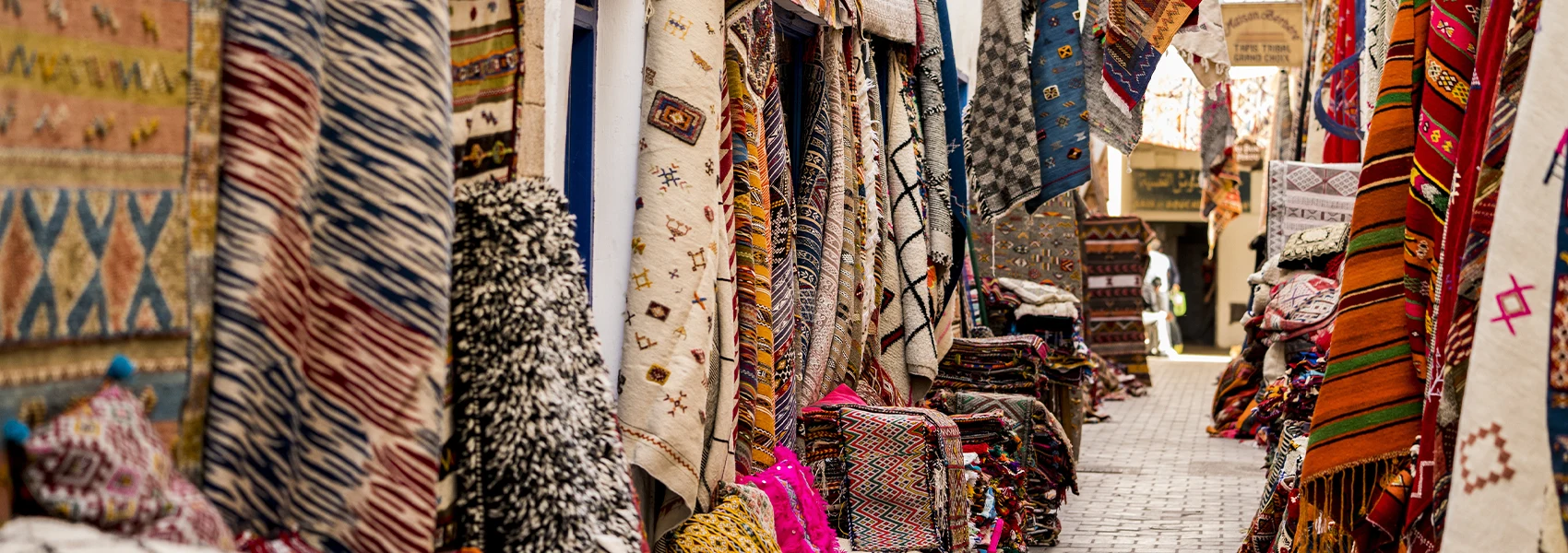
Published 19th Jul. 2023
Reading time
From fragrant spices and traditional babouches (slippers) to handcrafted leather and hand-woven rugs, Morocco’s souks are a treasure trove of trinkets and traditional goods. Whether you are souvenir seeking, bargain hunting or simply browsing, wandering the crowded and colourful alleyways of these historic markets is a must. To help you plan an extra-special shopping trip, we’ve rounded up some of the best souks in Morocco, including some of the most popular in Marrakech.
Marrakech
In the heart of Marrakech, next to the city’s main square, Souk Semmarine is the largest market in Morocco. Along this broad and bustling alley, you can buy everything from pastries and pottery to textiles and jewellery, or simply soak in the atmosphere. If this is your first experience of a souk, remember the first rule is to barter. Learning a few words of Arabic (or visiting the souk with a local guide) can help you haggle with the traders; while the concept might seem strange to the uninitiated, bartering goes hand-in-hand with shopping in Morocco, so don’t be afraid to bargain for a better price. Halfway through Souk Semmarine, the passage forks; take a right and follow the rich aroma to Rahba Kedima souk, also known as Spice Square. This is the place to stock up on seasonings so you can recreate your favourite holiday flavours at home. Or for a break from bartering, stop for a drink at one of the cafes overlooking the spice market. If visiting Souk Semmarine in the evening, don’t miss the stalls of intricate Moroccan lamps which are illuminated after dark, casting a magical glow around the market.
Fez
Souks in Morocco are found in the medinas; the ancient walled sections of a city. Starting out as small markets where merchants would sell their wares, many of Morocco’s souks are centuries old; like Souk el Henna, which the oldest in Fez. The speciality here is cosmetics and natural remedies, including henna and kohl products, but it’s also a great place to pick up the typical blue and white pottery that the city is known for, as well as souk staples like leather goods, spices and jewellery. The medina of Fez is also a UNESCO World Heritage Site, and when it was designated in 1981, UNESCO described it as ‘one of the most extensive and best conserved historic towns of the Arab-Muslim world’. All the more reason to add it to your itinerary.
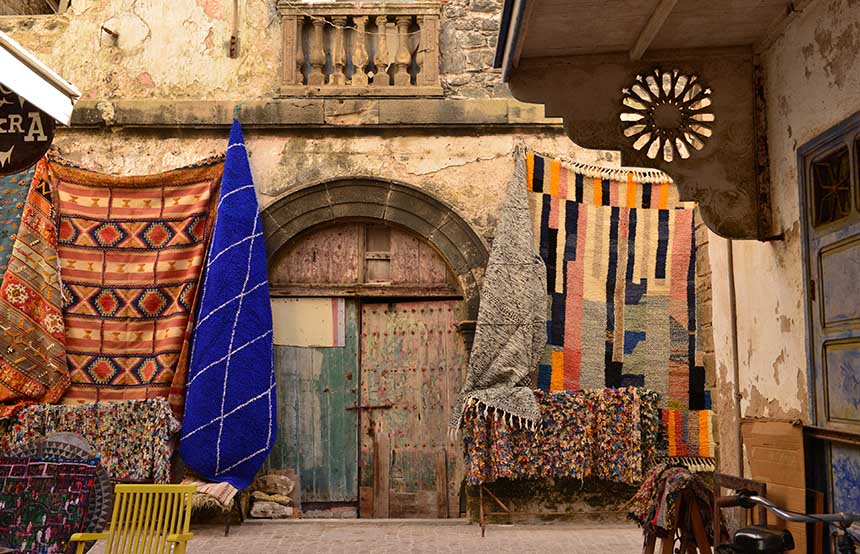
Essaouira
The Atlantic breeze that blows through the coastal city of Essaouira has earned it the nickname of the ‘Wind City of Africa’. Those powerful ocean winds are popular with windsurfers, but less popular with tourists looking for a peaceful beach break (being blasted with sand isn’t that relaxing). This has prevented Essaouira becoming a bustling beach resort and helped the city retain its traditional character and charm. You’re also less likely to get lost when exploring Essaouira, as the medina has a French-inspired grid layout which makes Souk Jdid (the main market) less maze-like than other souks in Morocco. The vibe is a little more laid-back too, so it’s a good place to practice your bargaining skills if you’re a souk-shopping novice. On Sundays, visit the flea market at Souk Joutiya to rummage for second-hand treasures, including bargain vintage furniture (good luck fitting that in your hand luggage). Between the souk and the port is the Place Moulay Hassan; a sea-view square where you can recharge at one of the cafes before you get back to browsing.
Marrakech
The Berber tribes of Morocco have been weaving rugs for centuries, with this ancient art passed down through the generations. If a colourful handmade rug is on your souvenir shopping list, head to Souk Zrabia in Marrakech. Here you can peruse rugs, carpets and kilims (a thinner style of rug) in patterns and colours that reflect the region where they were made; like the black and white crisscross-patterned Beni Ourain rugs crafted by the tribe of the same name. As with most souk purchases, it’s a good idea to shop around (quality can vary and cheap knock-offs are plentiful) and don’t forget to barter. And while smaller rugs can be rolled up to take home, if you’re buying a larger design or worried about weight limits, most sellers offer shipping at surprisingly reasonable rates.
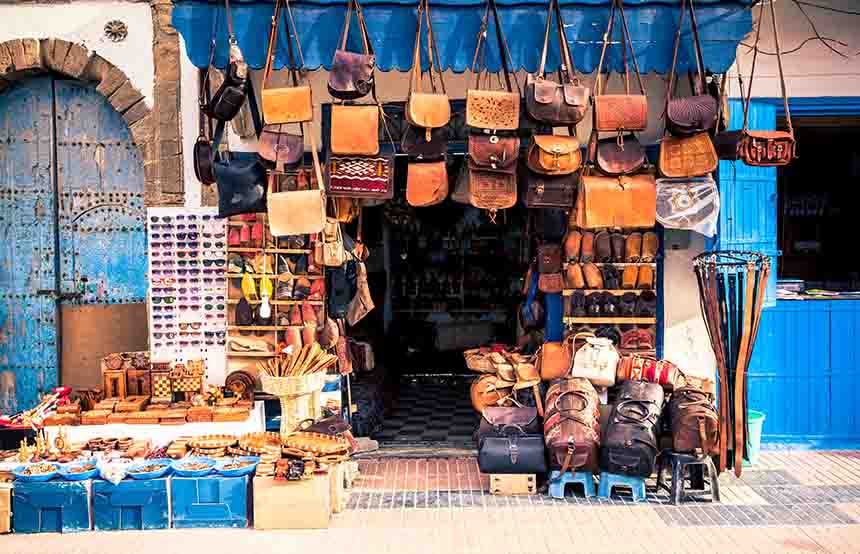
Fez
Nejjarine means ‘carpenter’, so Souk Nejjarine in Fez is one of the best souks in Morocco for picking up ornately-carved woodwork, including wooden jewellery boxes and furniture. Nearby, the cobbled Nejjarine Square is known for its 18th-century mosaic fountain and the Nejjarine Museum of Wooden Arts and Crafts. The museum is a highlight of the square; set in a handsomely restored funduq (an inn for travelling merchants), it has exhibits exploring the woodworking heritage of Fez, as well as a rooftop cafe that overlooks the medina.
Marrakech
For a souvenir that slips more easily into a suitcase than a rug or handcrafted furniture, visit the Souk Dhabia in Marrakech. This is the jewellers’ souk, where you can shop for bracelets, necklaces, earrings and other decorative delights. There are stalls selling jewellery for every budget, so whether you want to treat yourself or someone special, you’re sure to find a trinket to take home. And what are you going to do when you pick out that perfect piece? You’re going to barter of course, because by now you’re a seasoned, souk-shopping pro.
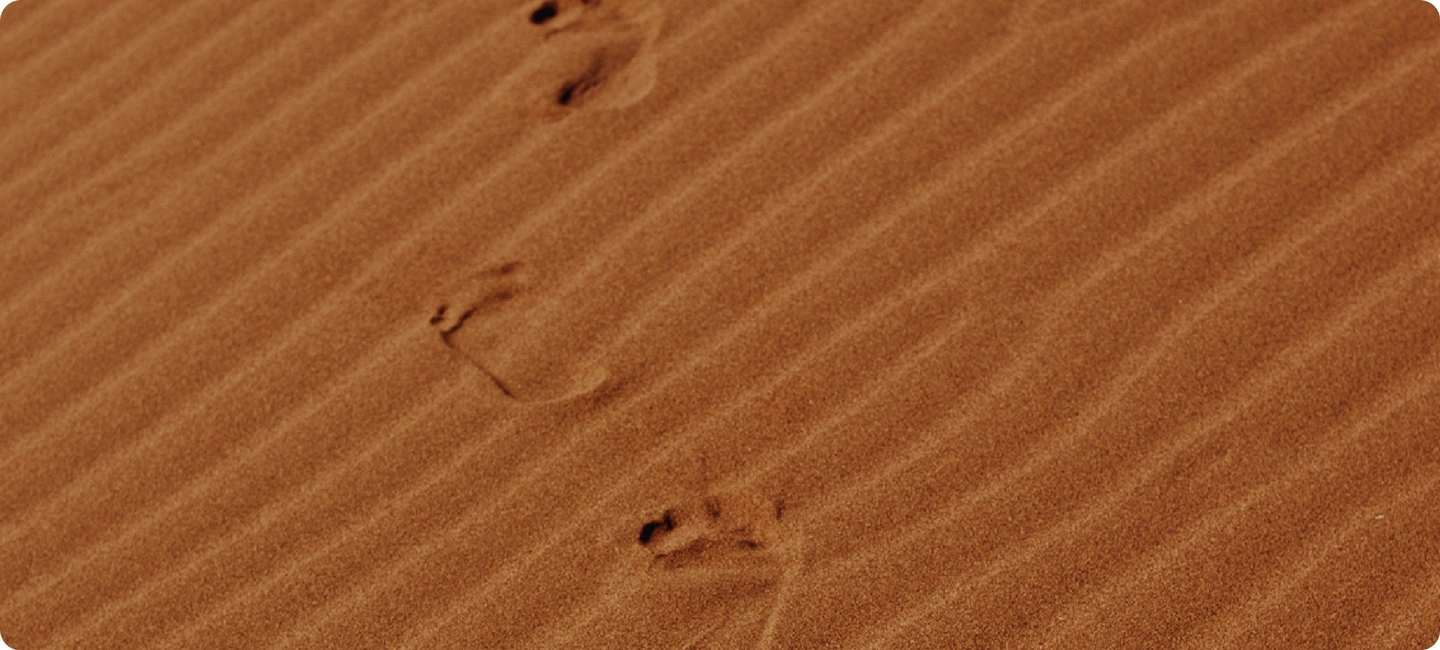
As regular visitors to Morocco, we know our riads from our kasbahs and our tagines from our hariras. Whether travelling as a family or a couple, our consultants know the best accommodation options for you and can plan everything from intimate picnics in the Agafay Desert to authentic interactions with Berber families. Forget about the stress of moving from A to B, as we have first-hand experience with Moroccan rail and roads and can tailor your itinerary around their nuances. Our in-country Concierges even have restaurant recommendations galore; their advice is just a WhatsApp away.
ENQUIRE NOWPractical advice and inspiration for your next trip
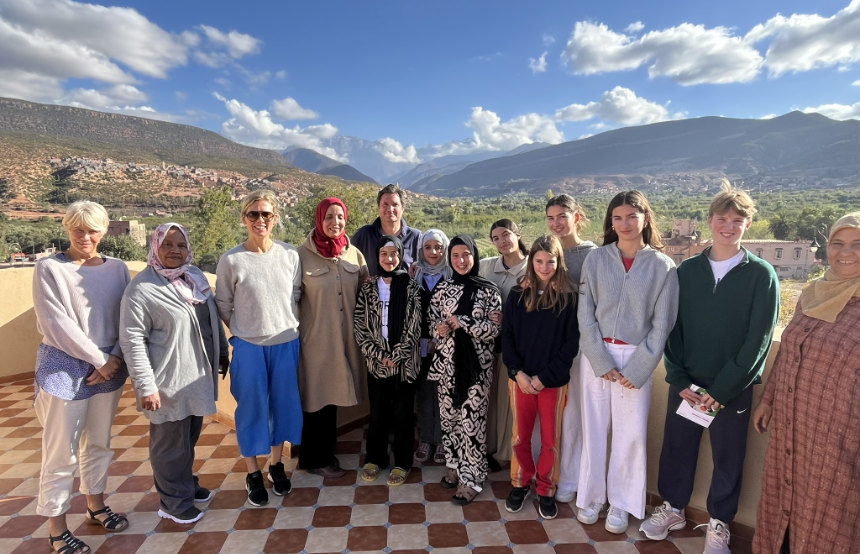
We believe travel should positively impact the destinations we visit, which is why our Foundation supports projects like Education For All (EFA) in Morocco. EFA is dedicated to tackling high illiteracy rates among women and girls in Morocco’s rural regions. The non-profit organisation funds boarding houses that enable teenage girls from remote villages in the Atlas Mountains to continue their secondary education.
25th November 2025 - Morocco
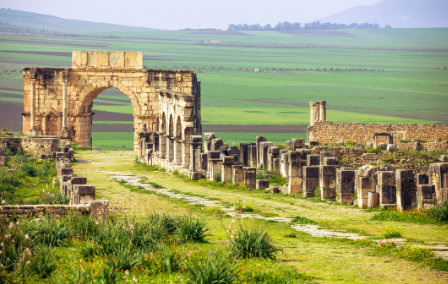
Any trip to Fes should include a day out to the Roman ruins of Volubilis, probably the largest and best-preserved ruins in Morocco. With scenery reminiscent of Russell Crowe’s homecoming in ‘Gladiator’ (more for the surrounding countryside than for the grisly welcome he got), Volubilis is a must-see for history buffs and lovers of picturesque vistas alike. Find out why you should visit in our Volubilis guide… 1.
23rd April 2025 - Morocco Culture
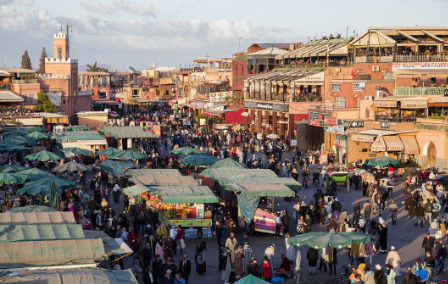
Marrakech is undoubtedly one of the ultimate city break destinations. Where else is filled with so much exoticism and mystery and yet can be reached in less than four hours from the UK? Picture this: you're slowly making your way through the sprawling labyrinthine alleys that make up Marrakech's famous souq, all hope of finding your way back seems lost, but it doesn’t matter because you’re too absorbed in soaking up everything around you.
4th March 2025 - Morocco 24 Hours In

Our team of destination experts will get to know you and your unique requirements for your holiday

We work with you to build an ultra-personalised holiday itinerary with your choice of accommodation, experiences and activities

All of our holidays include little extras designed to make a big difference to your trip, from fast-tracking you through airport check-in and security to our network of local Concierges